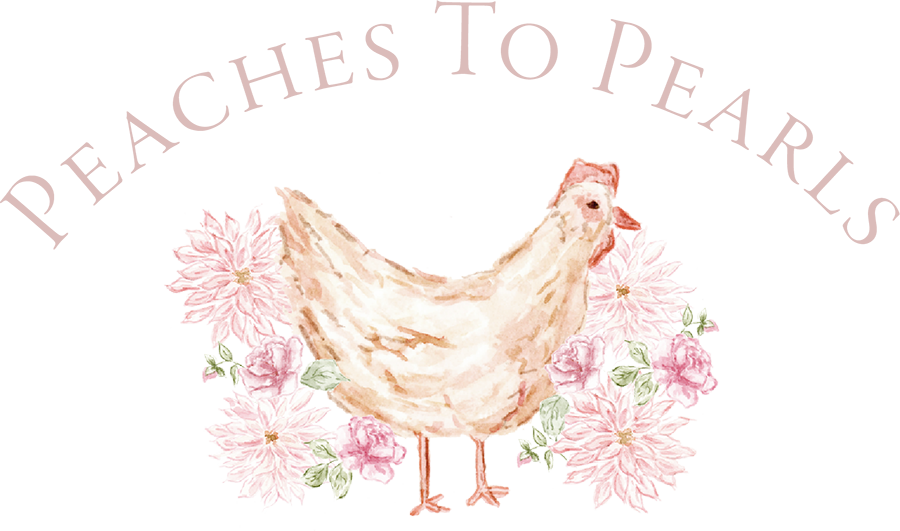Happy National Nutrition Month friends! In honor of this beautiful month, I will start a new series called Nutritional Mondays! It will include a vitamin spotlight and how you can make sure you are incorporating it into your daily diet. I hope that it will motivate you to consume more vitamin rich foods this month. Since I’m currently taking Advanced Macronutrients this semester, I thought I would share some of the resourceful information I am learning. First up- we are going to learn about folic acid.
Folic acid, or folate, is a personal favorite vitamin of mine because it is an under appreciated vitamin that needs more awareness in certain communities. Its an extremely important vitamin, especially before and during pregnancy. Unfortunately, certain races like Hispanics, can be deficient in folic acid because of their daily diet. Folic acid deficiency can lead to neural tubular defects (NTD) in newborns such as spina bifida. This is why its crucial women of child baring age consume folic acid in their daily diet.
So where can I get folic acid and how much should I be consuming?
- Folate is found in virtually all foods:
- Dairy products
- Poultry
- Meat
- Seafood
- Fruits
- Nuts
- Grains
- Cereal products
- Vegetables
- The highest concentrations of folate exist in:
- Yeast
- Spinach
- Liver
- Peanuts
- Lima Beans
- Kidney Beans
- Brussels Sprouts
- Broccoli
The U. S. Public Health Service and CDC recommend that all women of childbearing age consume 0.4 mg (400 micrograms) of folic acid daily to prevent two common and serious birth defects, spina bifida and anencephaly. Most U.S. multivitamins have at least 400 micrograms (mcg) of folic acid. Check the label on the bottle to be sure. Or you can take a pill that only contains folic acid. When choosing a brand of vitamins, look for “USP” or “NSF” on the label. These “seals of approval” mean that the pills have been made properly and contain the amounts of vitamins stated on the label. Also, make sure the pills have not expired.
Can I consume too much folate?
Too much folate from food isn’t an issue. It comes naturally packaged in balance with other micronutrients, and the body regulates its absorption. On the contrary, folic acid added to food is a different story. Some breakfast cereals, nutrition bars, and other fortified foods deliver up to 800 micrograms of folic acid, and that’s about double the recommended daily dose. The Institute of Medicine’s upper limit is 1,000 micrograms of folic acid from fortified foods a day. This is why its important to read the food labels during pregnancy!
For the most part, if you are taking a pre-natal or multivitamin and have a diverse, well balanced diet- folic acid deficiency should not be an issue. Remember to continue eating pretty by eating lots of fresh fruit, vegetables, and trying to limit your processed food intake. Also, remember to incorporate whole grains in your daily diet! Check out my Whole Wheat Strawberry Banana Muffin recipe by clicking here. Happy Monday friends!
Xoxo,
![]()




Leave a Reply